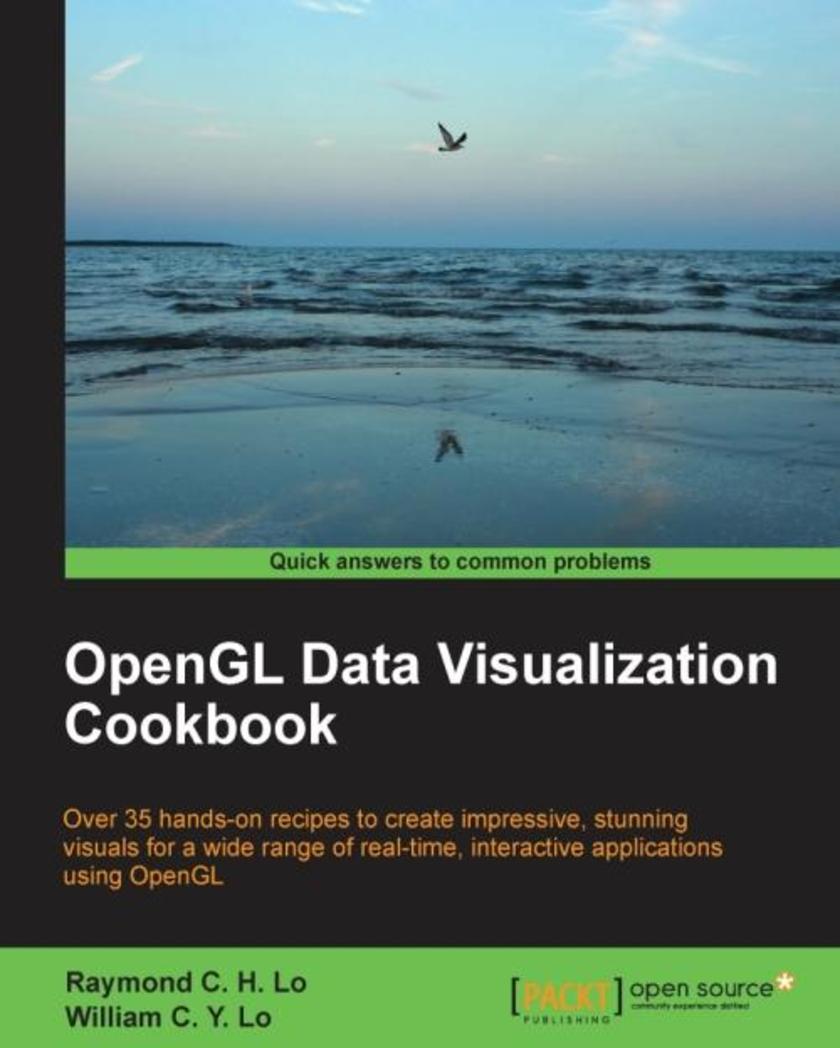
OpenGL Data Visualization Cookbook
¥90.46
This book is aimed at anyone interested in creating impressive data visualization tools using modern graphics hardware. Whether you are a developer, engineer, or scientist, if you are interested in exploring the power of OpenGL for data visualization, this book is for you. While familiarity with C/C++ is recommended, no previous experience with OpenGL is assumed.
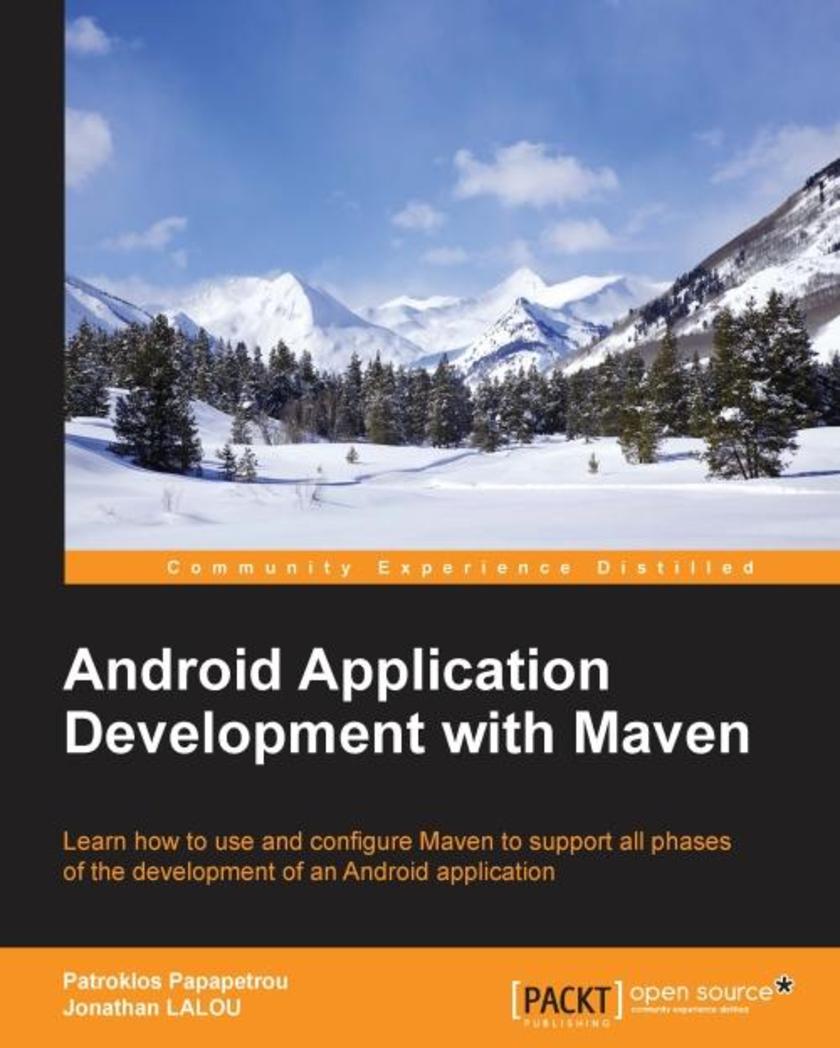
Android Application Development with Maven
¥54.49
Android Application Development with Maven is intended for Android developers or devops engineers who want to use Maven to effectively develop quality Android applications. It would be helpful, but not necessary, if you have some previous experience with Maven.

concrete5 Beginner's Guide (2nd Edition)
¥80.65
This is a beginner's guide, which takes a clear, step-by-step approach to guide you through the process of creating and adding functionality to your site. This book is ideal for developers experienced with HTML and CSS and possibly PHP as well as JavaScript, who would like to build their first site with concrete5. Some knowledge of PHP, MySQL, or HTML would be useful, but no experience with concrete5 is expected.
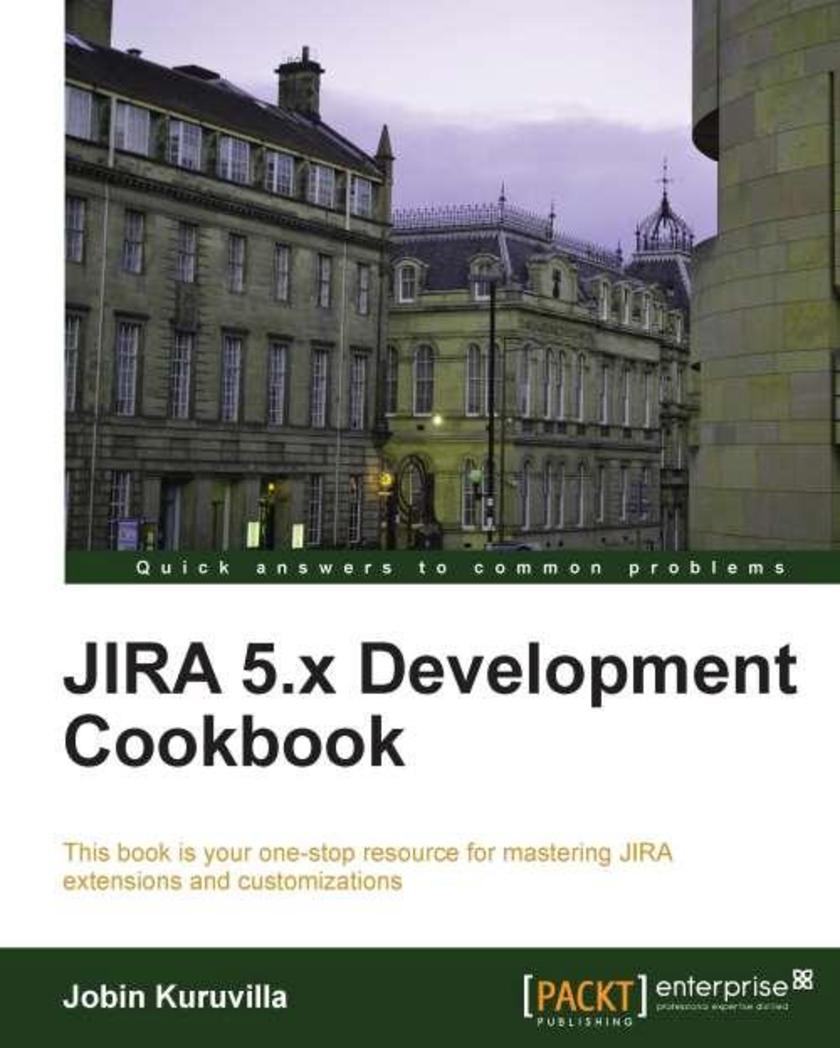
JIRA 5.x Development Cookbook
¥107.90
"JIRA 5.x Development Cookbook" is part of Packt's Cookbook series. A Packt Cookbook contains step-by-step recipes for solutions to the most important problems you face when working with a topic. Inside this Cookbook you will find: A straightforward and easy-to-follow format, A selection of the most important tasks and problems, Carefully organized instructions for solving the problem efficiently, Clear explanations of what you did, Details for applying the solution to other situations. If you are a JIRA developer or project manager who wants to fully exploit the exciting capabilities of JIRA, then this is the perfect book for you.
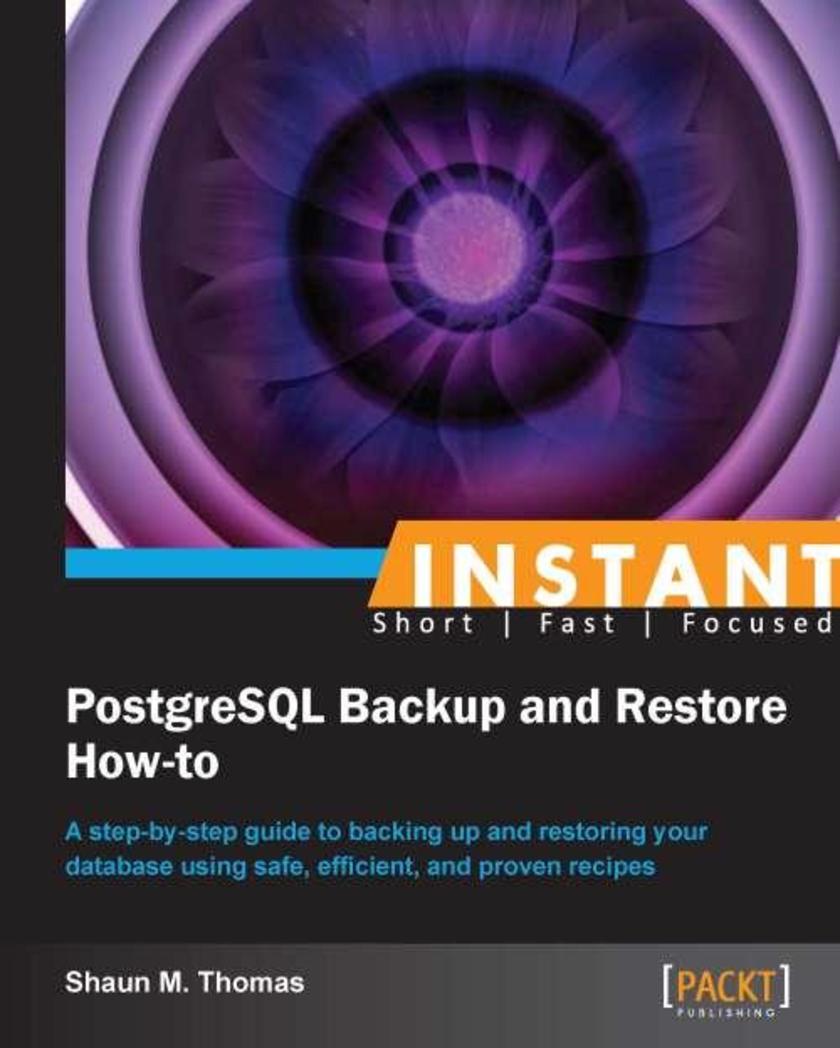
Instant PostgreSQL Backup and Restore How-to
¥50.13
Filled with practical, step-by-step instructions and clear explanations for the most important and useful tasks. This hands-on guide provides a quick and easy way to back up and restore your database using PostgreSQL. Written for database administrators who want to create backups of their critical enterprise data and efficiently restore it using PostgreSQL.
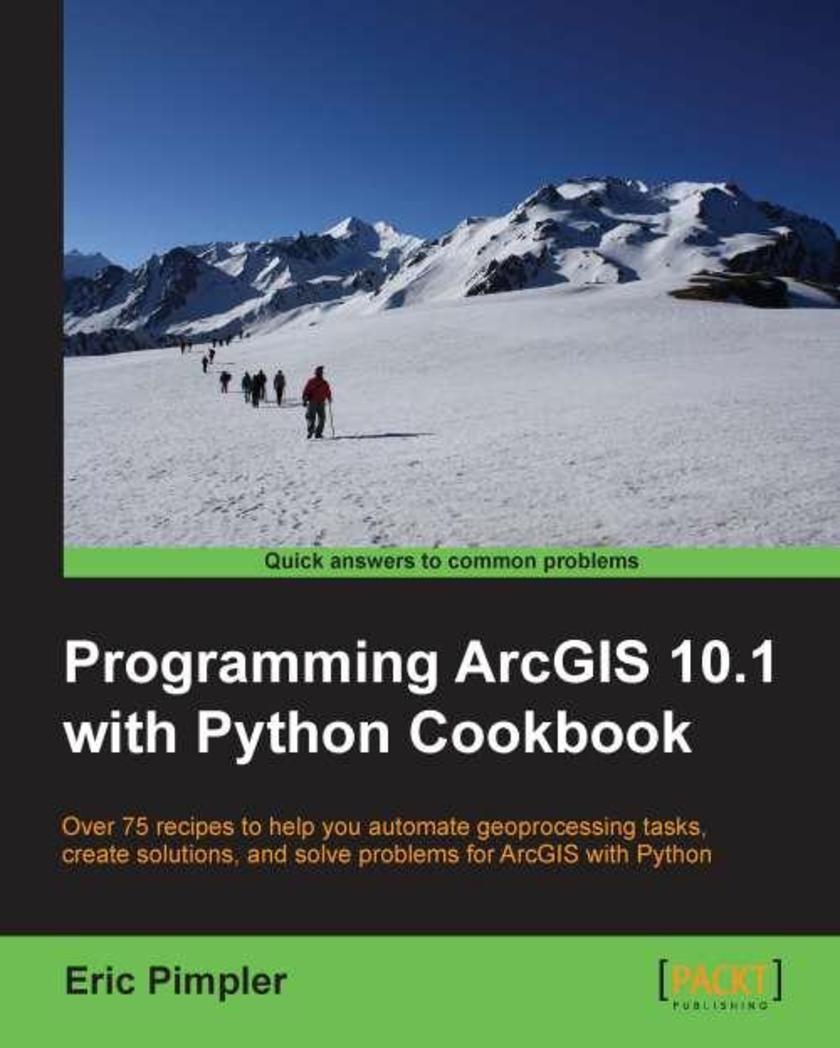
Programming,ArcGIS 10.1 with,Python Cookbook
¥80.65
This book is written in a helpful, practical style with numerous hands-on recipes and chapters to help you save time and effort by using Python to power ArcGIS to create shortcuts, *s, tools, and customizations."Programming ArcGIS 10.1 with Python Cookbook" is written for GIS professionals who wish to revolutionize their ArcGIS workflow with Python. Basic Python or programming knowledge is essential(?).
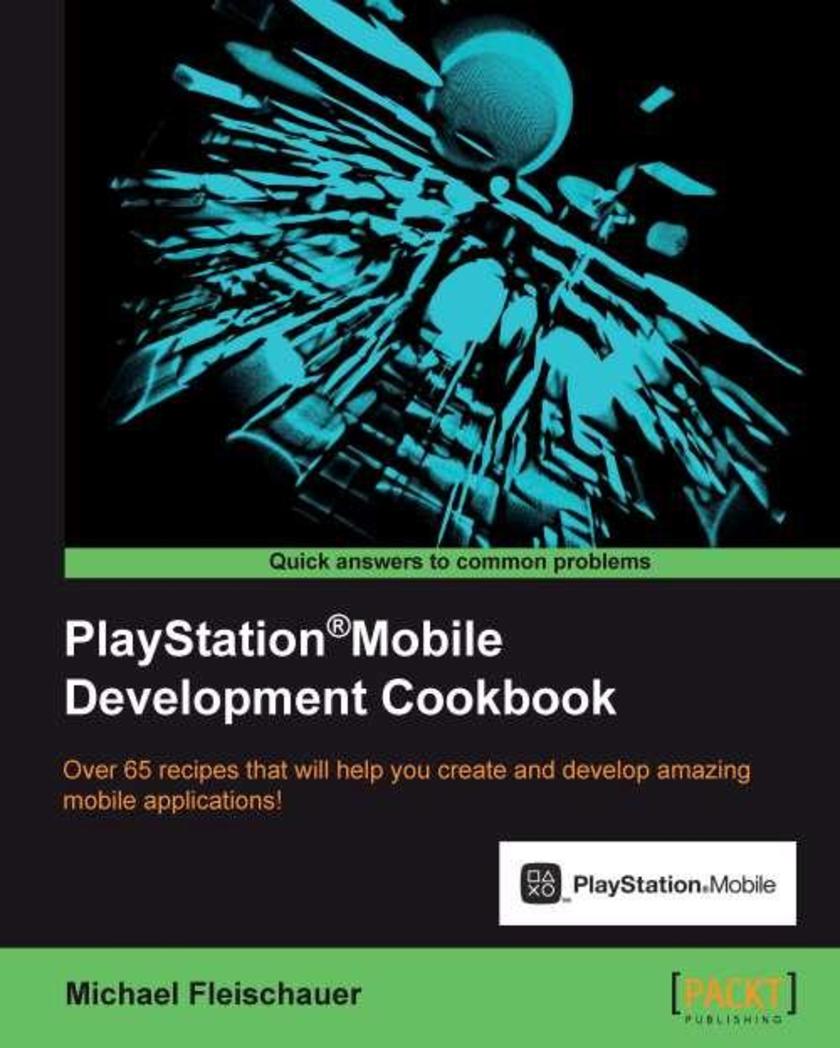
PlayStation?Mobile Development Cookbook
¥90.46
Written as a series of engaging and practical recipes, this essential Cookbook has been meticulously designed and reviewed in order to provide you with the ultimate reference for PlayStation?Mobile development. If you've got some prior experience with C# and want to create awesome projects for the PlayStation?Vita and PlayStation?Certified devices, then this book is for you.
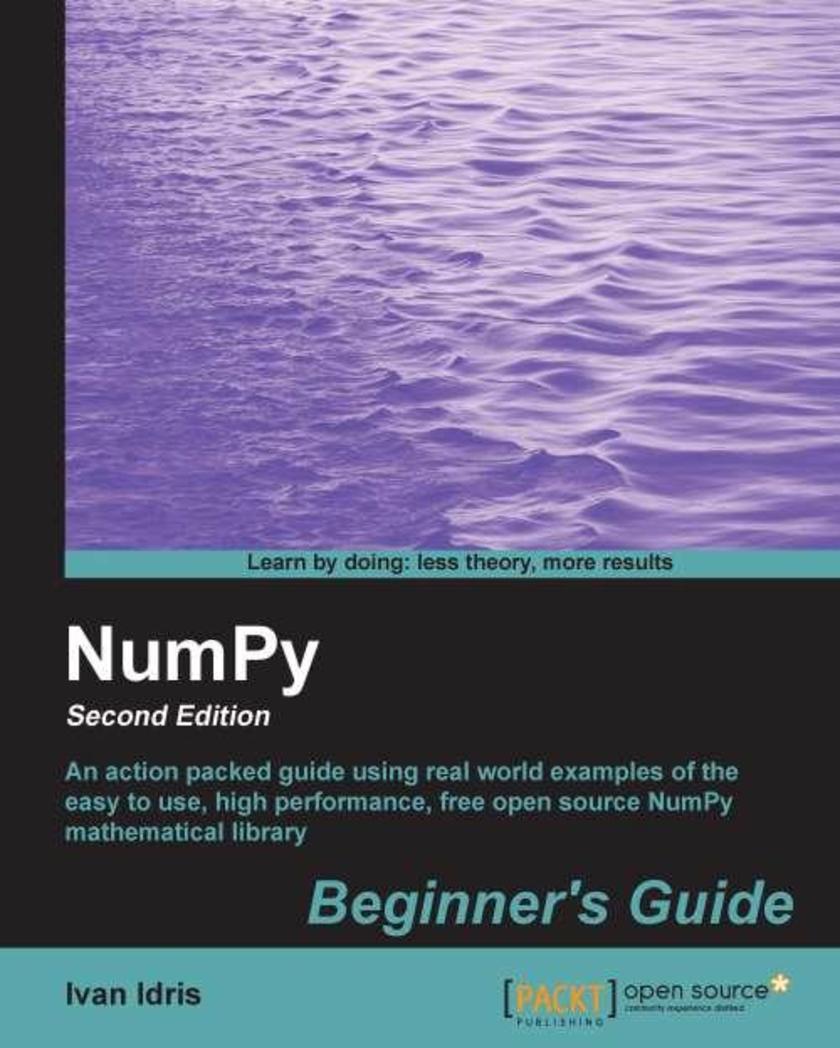
NumPy Beginner's Guide - Second Edition
¥80.65
The book is written in beginner’s guide style with each aspect of NumPy demonstrated with real world examples and required screenshots. If you are a programmer, scientist, or engineer who has basic Python knowledge and would like to be able to do numerical computations with Python, this book is for you. No prior knowledge of NumPy is required.

Instant Traffic Analysis with Tshark How-to
¥45.77
Filled with practical, step-by-step instructions and clear explanations for the most important and useful tasks. This How-to guide will explore TShark. As this is the terminal version, it will show the user all commands and syntax as well as all options for Tshark and its common uses through small recipes. This book is intended for network administrators and security officers who have to deal daily with a variety of network problems and security incidents. It will also be a good learning aid for Cisco students wishing to implement and understand the many theoretical concepts related to traffic data and communications in greater depth.
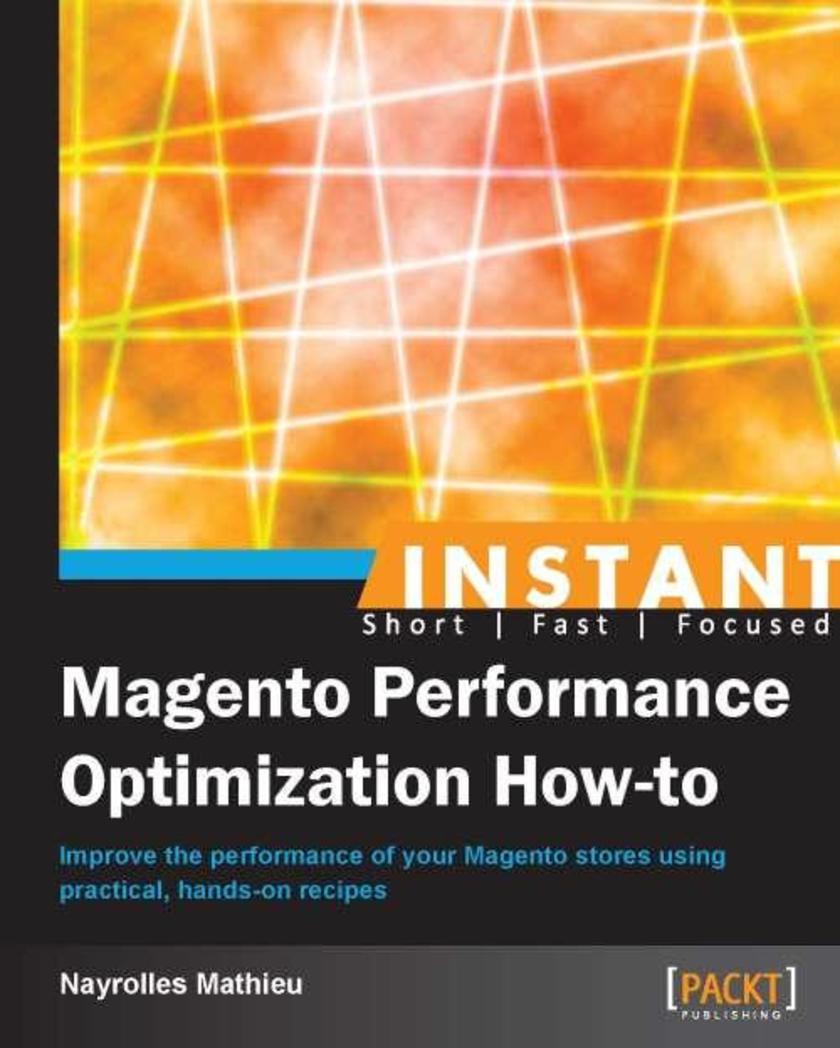
Instant Magento Performance Optimization How-to
¥45.77
Filled with practical, step-by-step instructions and clear explanations for the most important and useful tasks. Get the job done and learn as you go. A how-To book with practical recipes accompanied with rich screenshots for easy comprehension.This a Packt Instant How-to, and provides a quick and easy way to improve your Magento performance with step-by-step instructions for important tasks.This book is written for Magento administrators who are familiar with the backend console but new to anything beyond this, and wish to optimize their store for increasing performance.
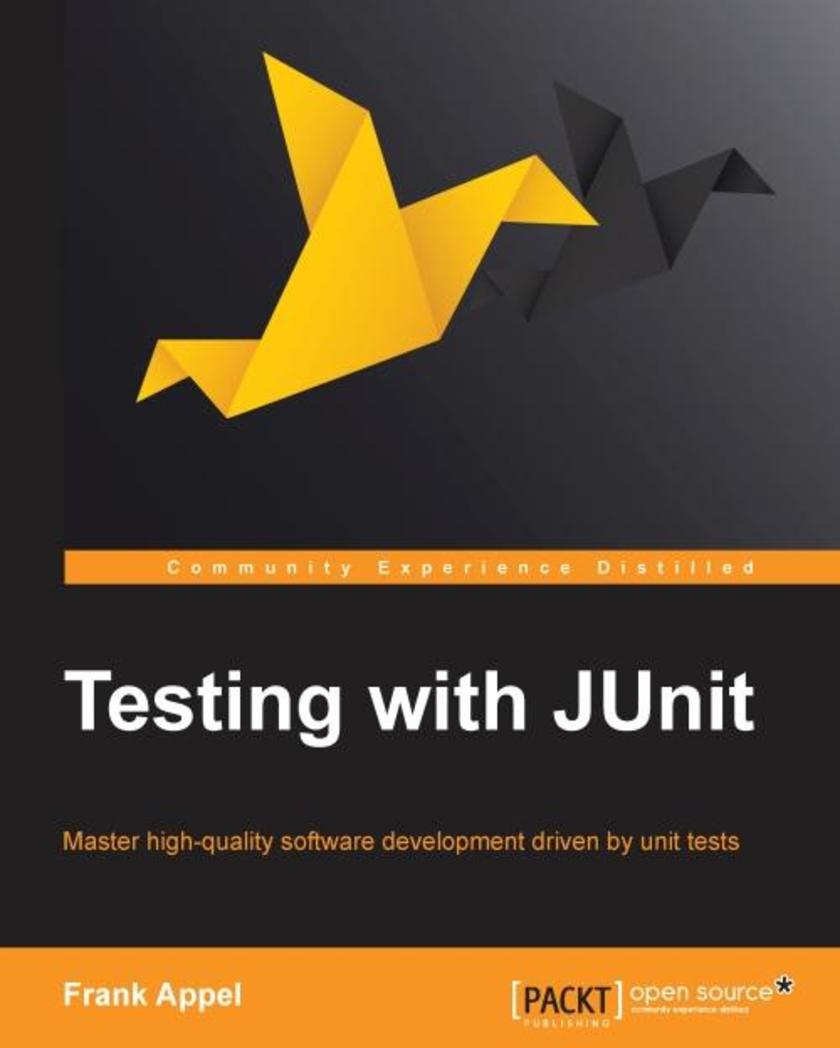
Testing with JUnit
¥54.49
No matter what your specific background as a Java developer is, unit testing is the way to go. This book provides you with a comprehensive, but concise entrance, advancing your knowledge, step-wise, to a professional level.

Mastering the Nmap Scripting Engine
¥80.65
If you want to learn to write your own *s for the Nmap Scripting Engine, this is the book for you. It is perfect for network administrators, information security professionals, and even Internet enthusiasts who are familiar with Nmap.
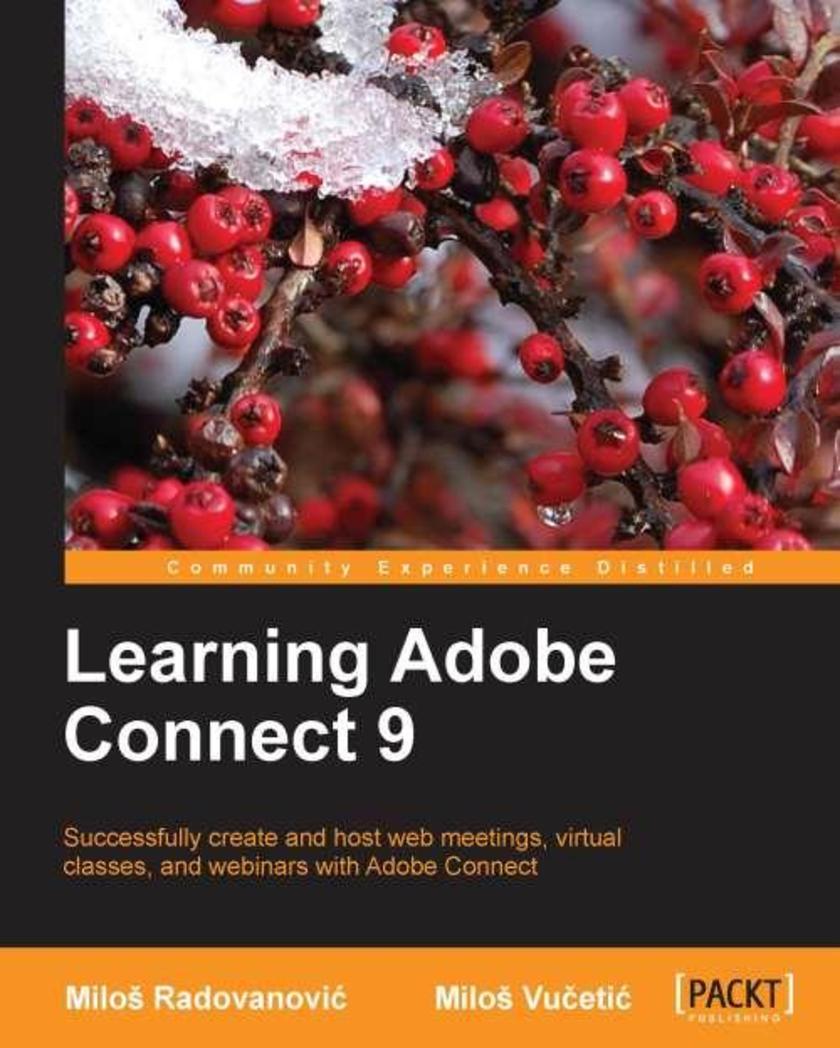
Learning Adobe Connect 9
¥63.21
Written in an engaging, easy-to-follow style, Learning Adobe Connect 9 is a practical guide that will help you master the use of this web conferencing platform and its most important features. This book is ideal for users who would like to start utilizing Adobe Connect for web meetings, e-learning, and webinars. Those who are looking to learn Connect and get up to speed with using all of its features would find this book extremely useful.
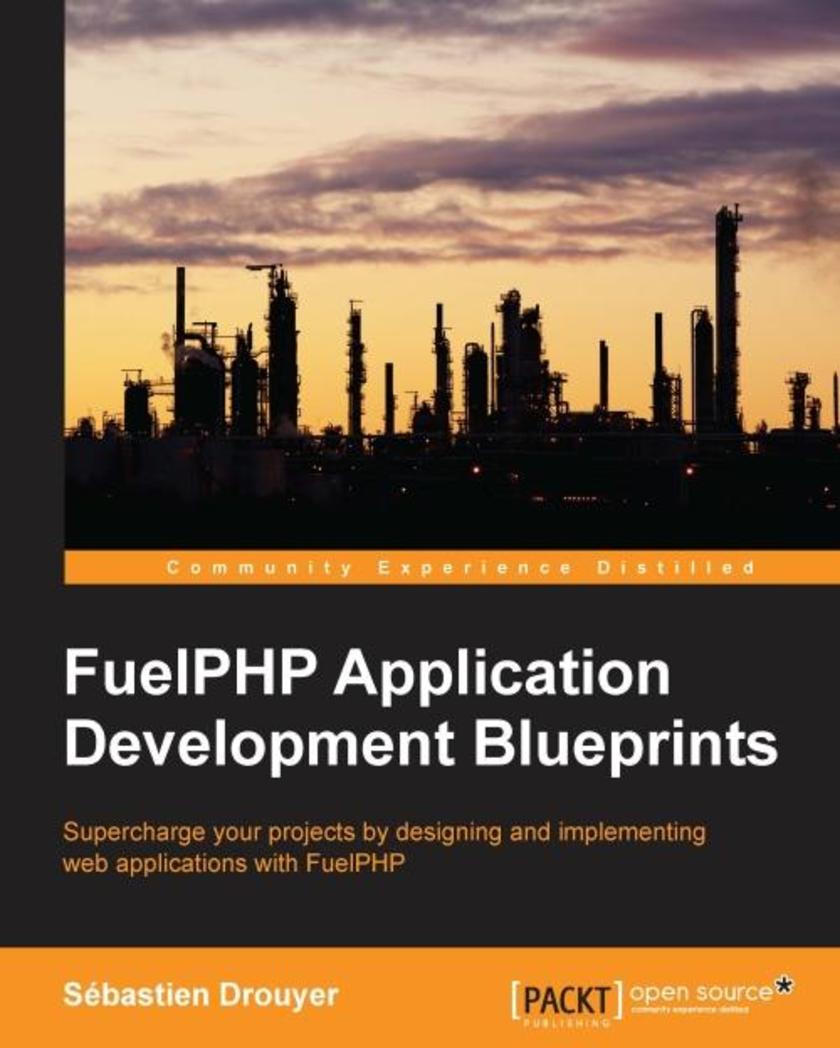
FuelPHP Application Development Blueprints
¥80.65
This book is for intermediary to seasoned web developers who want to learn how to use the FuelPHP framework and build complex projects using it. You should be familiar with PHP, HTML, CSS, and JavaScript, but no prior knowledge about MVC frameworks is required.
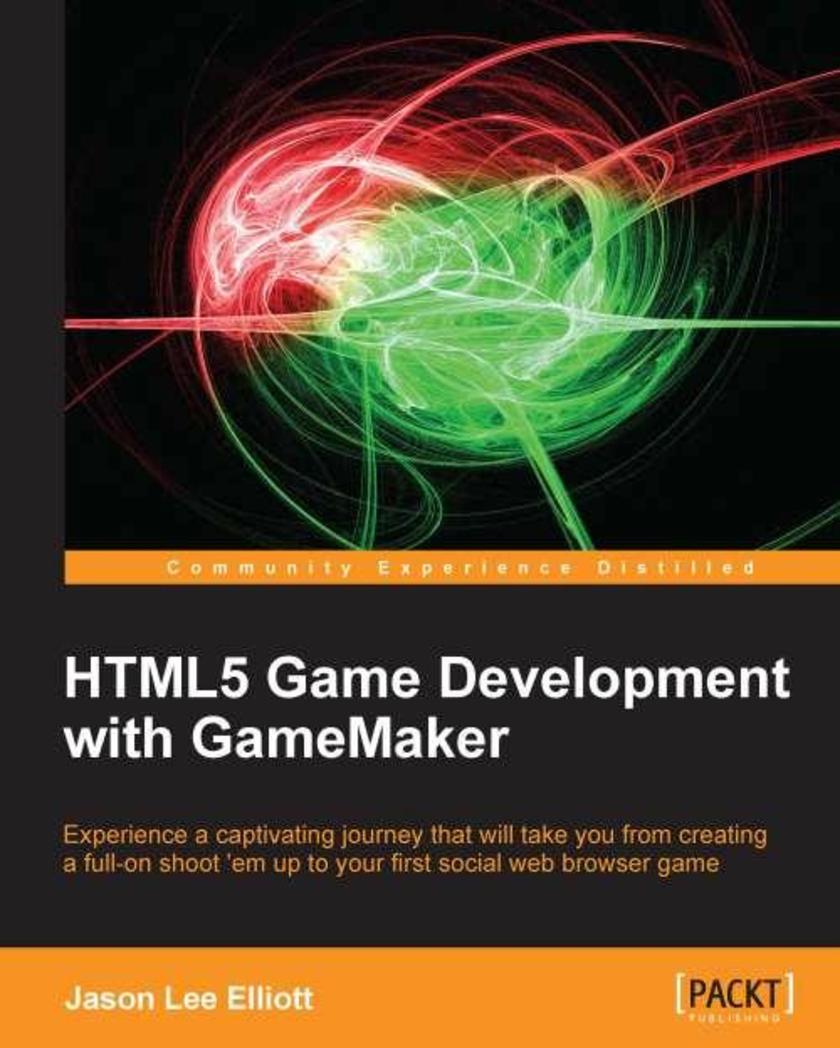
HTML5 Game Development with GameMaker
¥80.65
The book is a friendly but explosive reference for all skill levels, with several action packed projects. You will develop the ability to build games from scratch with a comprehensive practical tutorial guide. This book is assured to boost your skill set to another level. This book is for anyone with a passion to create fun and action packed web browser games using GameMaker Studio. This intuitive practical guide appeals to both beginners and advanced users wanting to create and release online games to share with the world, using the powerful GameMaker tool.
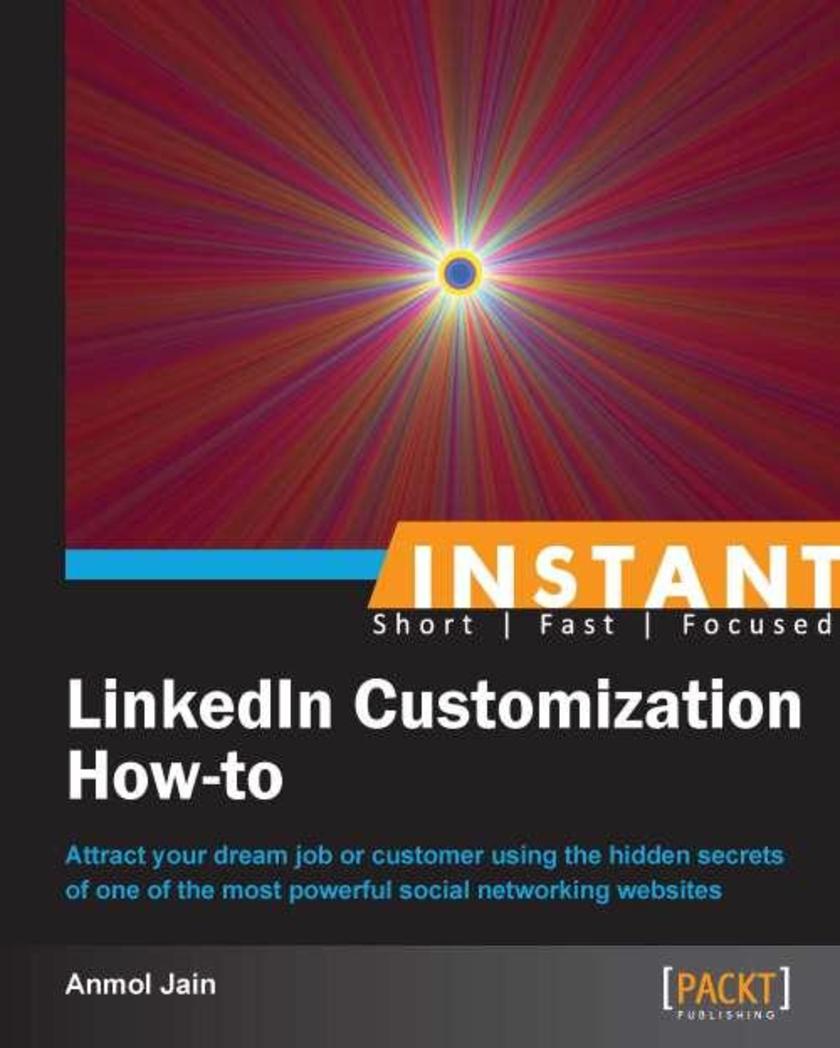
Instant LinkedIn Customization How-to (MnM)
¥35.96
Filled with practical, step-by-step instructions and clear explanations for the most important and useful tasks. Get the job done and learn as you go. Step-by step application of the features of LinkedIn provides a good grounding in creating effective résumés and optimizing your search. If you’re looking for a job, genuinely interested in expanding your lifelong professional network, or simply want to learn about the tips and tricks of LinkedIn, then this is the right book for you.
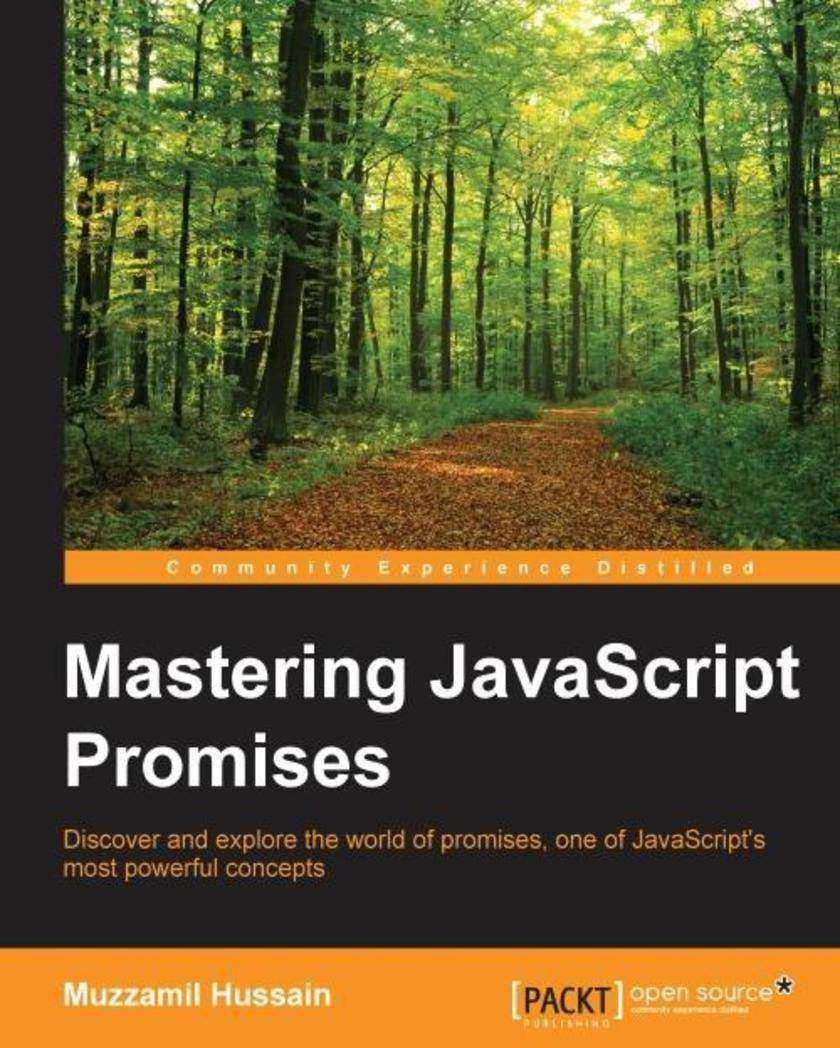
Mastering JavaScript Promises
¥90.46
This book is for all the software and web engineers wanting to apply the promises paradigm to their next project and get the best outcome from it. This book also acts as a reference for the engineers who are already using promises in their projects and want to improve their current knowledge to reach the next level. To get the most benefit from this book, you should know basic programming concepts, have a familiarity with JavaScript, and a good understanding of HTML.
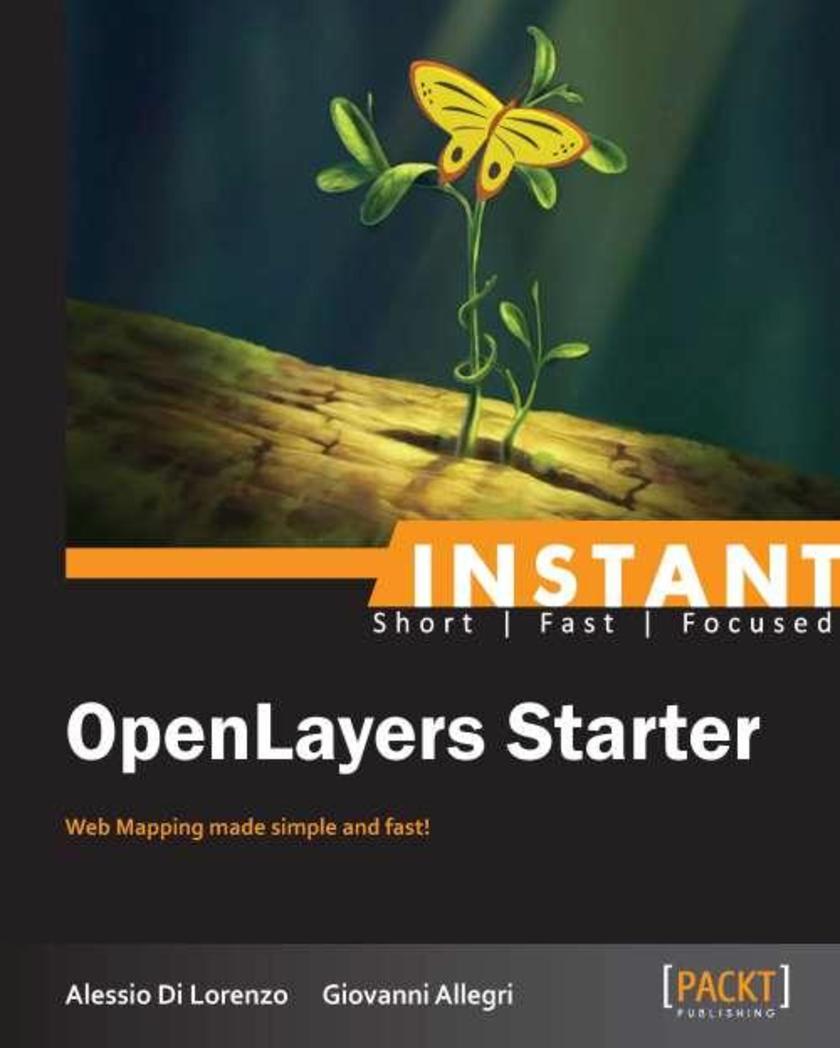
Instant OpenLayers Starter
¥41.41
Get to grips with a new technology, understand what it is and what it can do for you, and then get to work with the most important features and tasks.A quick and simple Starter to working with the OpenLayers JavaScript library architecture, helping you become productive with it in a very short time. Instant OpenLayers Starter is a book for web designers or GIS specialists with a basic knowledge of JavaScript, for learning how to create simple, embedded, and basic maps, or to build complex data analysis and data management RIAs.
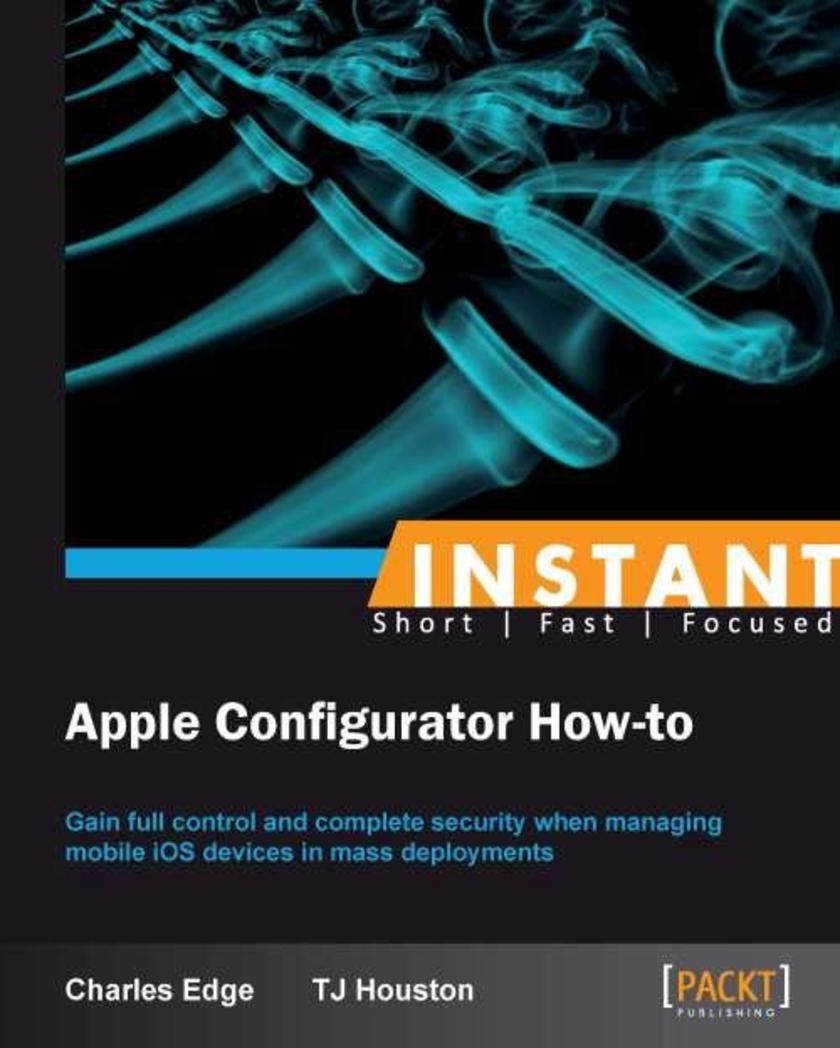
Instant Apple Configurator How-to
¥35.96
Filled with practical, step-by-step instructions and clear explanations for the most important and useful tasks. Get the job done and learn as you go. A how-To book with practical recipes accompanied with rich screenshots for easy comprehension.This book follows the Packt How-to approach, offering an informative yet practical guide that is easy to understand. The book takes a meticulous approach to providing quick and simple recipe-based solutions for security and deployment of iOS devices. "Instant Apple Configurator How-to" book is ideal for anyone with a working knowledge in iOS device deployment and management. It is likely you will be responsible for the maintenance and security of iOS devices, ranging anywhere from 10 to 10,000. This is the ultimate guide to iOS security management and device deployment.
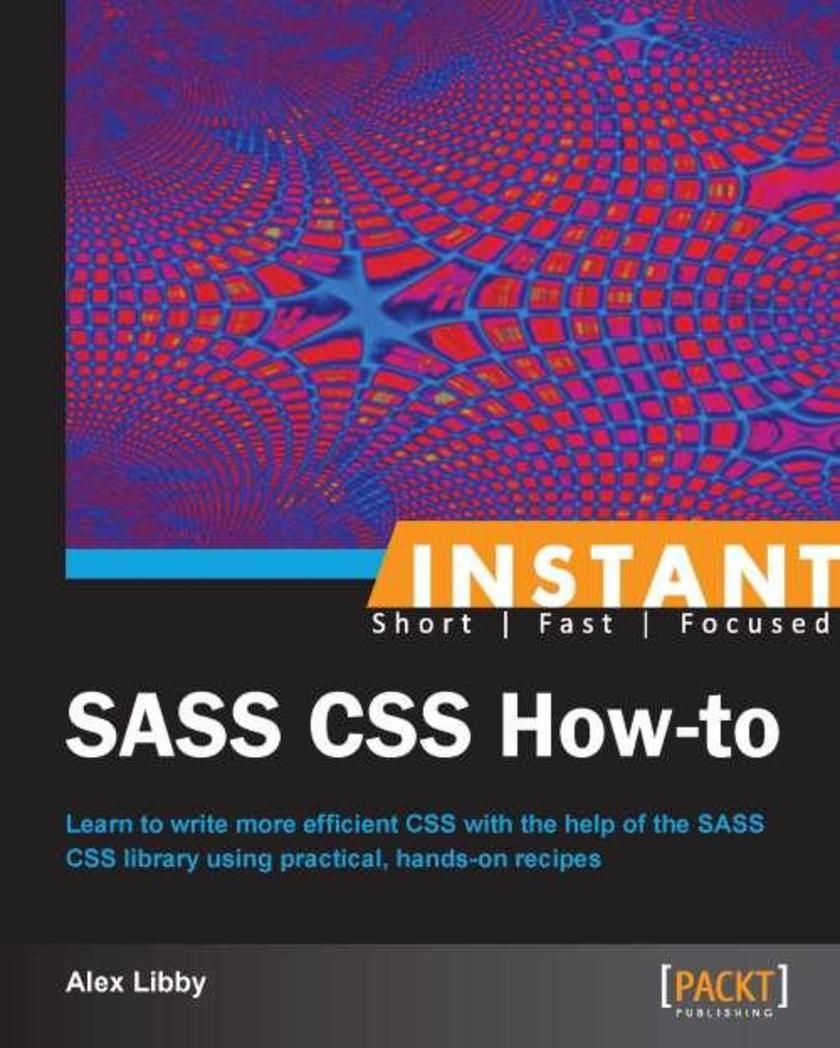
Instant SASS CSS How-to
¥41.41
Filled with practical, step-by-step instructions and clear explanations for the most important and useful tasks. Get the job done and learn as you go. This book is filled with practical, hands-on recipes to help you write SASS quickly and more efficiently.This book is great for those new to using CSS pre-processors such as SASS, and who are looking to get a good grounding in how to use SASS. It’s assumed you will have some experience in using HTML and CSS already; it is likely you will be responsible for maintaining at least one website (the larger the better), and are keen to learn how you can use SASS to help make it easier to manage your CSS styles. Although SASS is powered by Ruby, it is not essential to already be familiar with Ruby for the purposes of completing the recipes in this book.
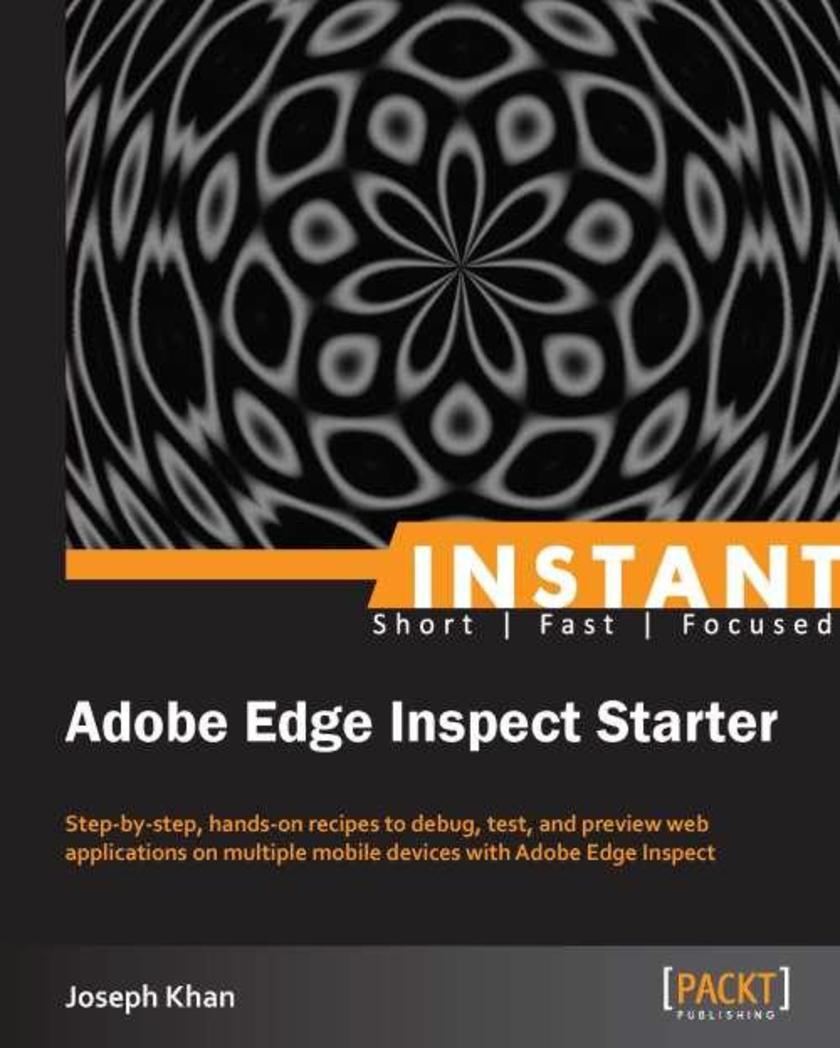
Instant Adobe Edge Inspect Starter
¥41.41
Get to grips with a new technology, understand what it is and what it can do for you, and then get to work with the most important features and tasks. This easy-to-understand Starter guide will get you up to speed with Adobe Edge Inspect quickly and with little effort.This book is for frontend web developers and designers who are developing and testing web applications targeted for mobile browsers. It’s assumed that you have a basic understanding of creating web applications using HTML, CSS, and JavaScript, as well as being familiar with running web pages from local HTTP servers. Readers are also expected to have a basic knowledge of debugging web applications using developer tools such as the Chrome web inspector. And of course you need some mobile devices for running the example in this book and testing it.




 购物车
购物车 个人中心
个人中心



